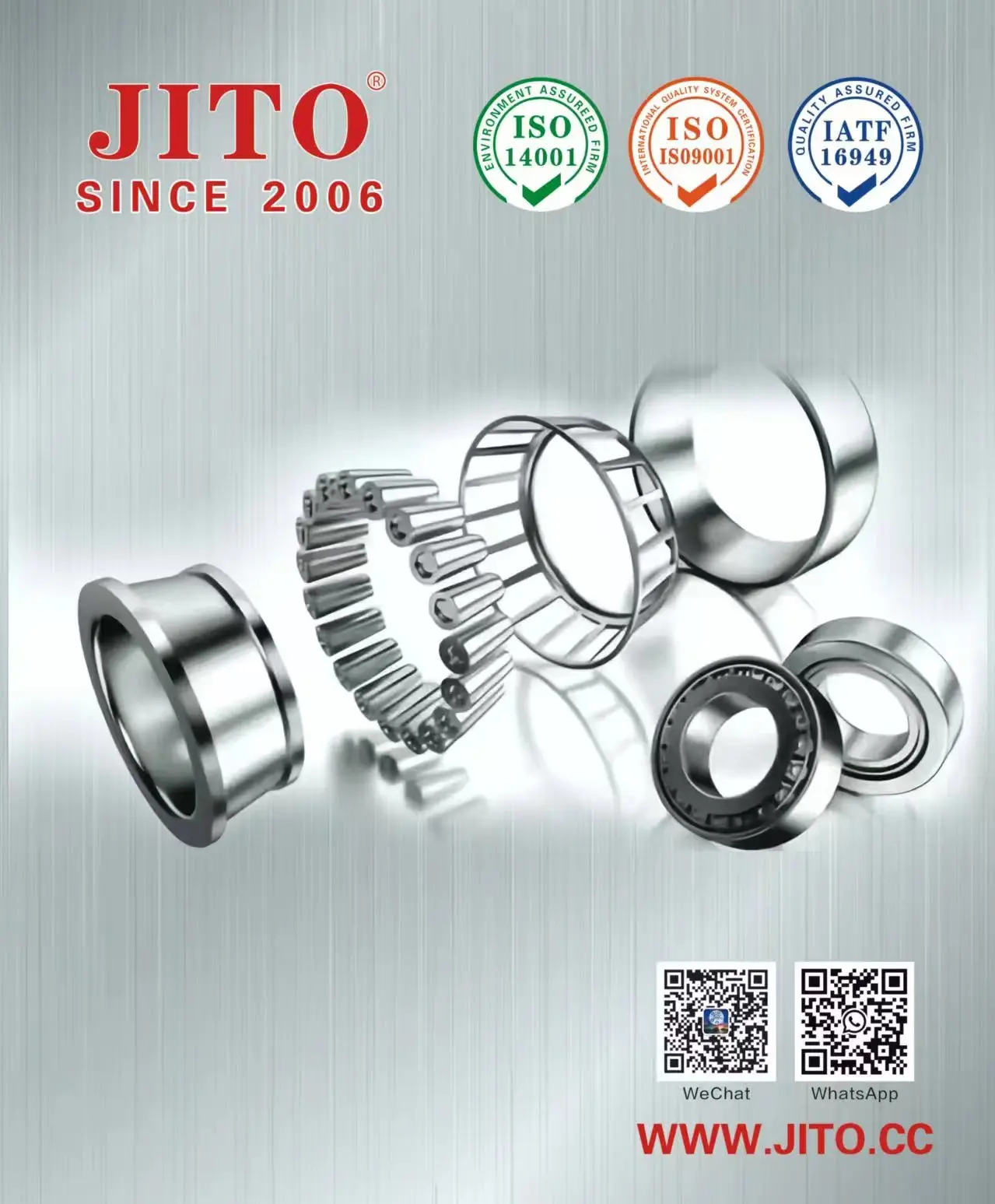What is ABS bearing? Introduction to the working principle of ABS bearings

ABS bearings(such as double-sided sealed ball bearings for anti-lock brake motors) are one of the key components of the automotive anti-lock braking system (ABS). Their working principle is closely related to the basic mechanism of Rolling Bearings and the control logic of the ABS system:
- Physical mechanism of Rolling Bearings
Bearings reduce friction through the rolling motion of rolling elements (such as steel balls or rollers) between the inner and outer rings, reducing wear and energy loss of mechanical parts. This design allows brake system components (such as brake cylinders) to remain flexible under high-frequency pressure changes.
- Control logic of the ABS system
○ Sensor monitoring: The wheel speed sensor detects the wheel speed in real time and transmits the signal to the electronic control unit (ECU).
○ Slip ratio calculation: The ECU calculates the wheel slip ratio (the ratio of wheel speed to vehicle speed) based on sensor data and compares it with the preset ideal value.
○ Pressure regulation: If the risk of wheel locking is detected, the ECU quickly adjusts the oil pressure of the brake cylinder through the solenoid valve to achieve "lock-release" cycle control. In this process, the bearings need to withstand frequent pressure changes and vibrations, so their sealing and durability are crucial.
- Special design requirements
○ Sealing and lubrication: Double-sided sealing structure and low-noise design ensure that brake fluid does not penetrate into the bearing, while reducing friction noise.
○ High-precision manufacturing: The inner ring tolerance is controlled at 0.004~0.008 mm, close to international brand standards (such as SKF, NSK), improving braking response speed and stability.
In summary, the working principle of ABS bearings is to combine rolling friction reduction technology with efficient coordination of electronic control systems to ensure that the vehicle can still maintain directional control and stability during emergency braking to avoid skidding or loss of control.




